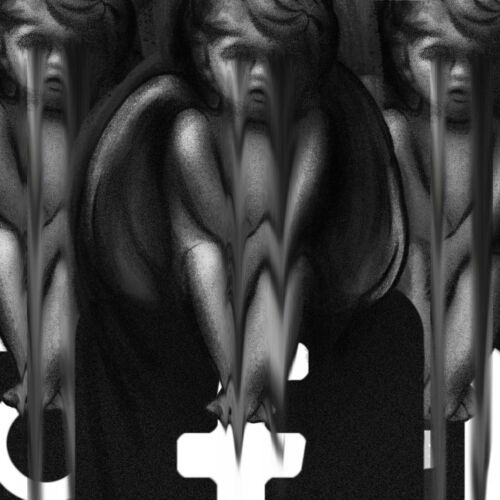Transparent frogs, camouflage butterflies and bold streaked shearwaters
Frogs of the species of Hyalinobatrachium fleischmanni, which live in South and Central America, can become transparent. During the day, while sleeping, they ‘hide’ almost 90% of their red blood cells in the liver, shrinking and compressing their internal organs. Sleeping under the leaves of trees, they are almost invisible to predators. And when the amphibians wake up and move off in search of insects and partners, they turn a rather distinct reddish-brown colour. Hyalinobatrachium fleischmanni is probably the world’s only ‘transparent’ land animal.
Moths and butterflies use a different kinds of camouflage against predators. The concentric circles or eye spots on their wings, with dark “pupils” surrounded by lighter “irises”, not only look like natural eyes but can also give predators the impression that they are being observed directly from multiple directions. This optical illusion, known as the “Mona Lisa effect”, can frighten potential attackers and give insects time to escape.
Initially, the danger is also avoided by streaked shearwaters in the Sea of Japan. When they find themselves between the storm and land, they deliberately steer towards powerful storms and hurricanes to be in the centre of them and not be thrown ashore. There, these great flyers would be at risk of encountering predators. This is the first documented case of birds flying into the centre of a storm precisely and for strategic reasons. On the other hand, when shearwaters fly over the high seas, they try to avoid storms and hurricanes.

























